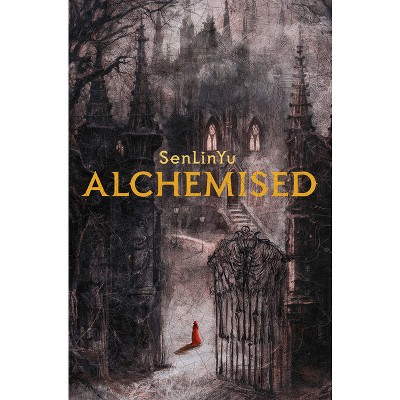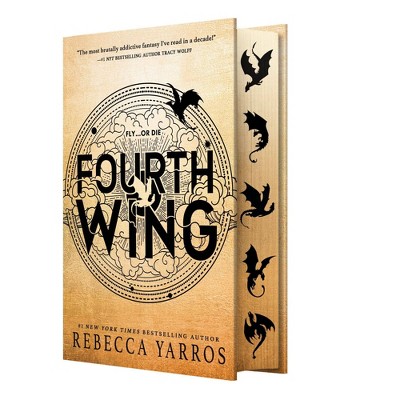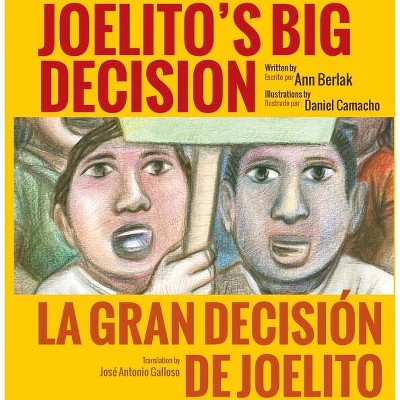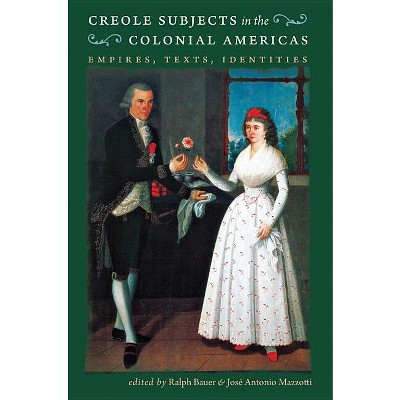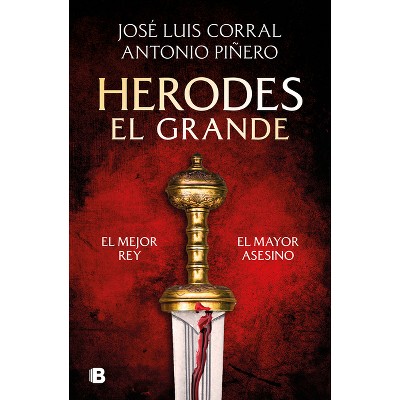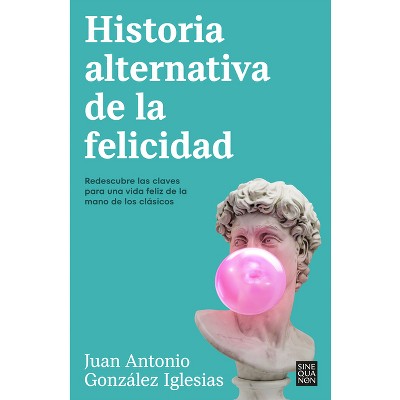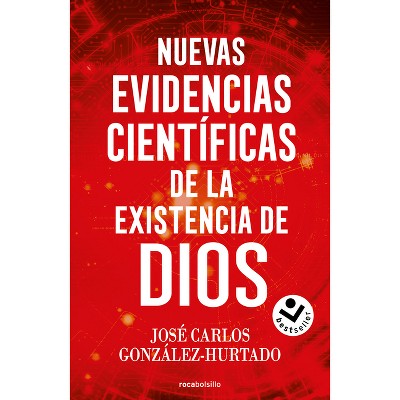Murujuga - by José Antonio González Zarandona (Hardcover)

About this item
Highlights
- Located in the Dampier Archipelago of Western Australia, Murujuga is the single largest archaeological site in the world.
- About the Author: Jose Antonio Gonzalez Zarandona is an Associate Research Fellow at Deakin University, Australia and Centro de Investigacion y Docencia Economicas, Mexico.
- 344 Pages
- Social Science, Archaeology
Description
About the Book
Located in Western Australia, the massive archaeological site of Murujuga has been subject to decades of abuse from regional mining interests. José Antonio González Zarandona traces Murujuga's destruction from the seventeenth century until today, arguing that colonial interference in the region has resulted in landscape iconoclasm.Book Synopsis
Located in the Dampier Archipelago of Western Australia, Murujuga is the single largest archaeological site in the world. It contains an estimated one million petroglyphs, or rock art motifs, produced by the Indigenous Australians who have historically inhabited the archipelago. To date, there has been no comprehensive survey of the site's petroglyphs or those who created them. Since the 1960s, regional mining interests have caused significant damage to this site, destroying an estimated 5-25% of the petroglyphs in Murujuga. Today, Murujuga holds the unenviable status of being one of the most endangered archaeological sites in the world.
José Antonio González Zarandona provides a full postcolonial analysis of Murujuga as well as a geographic and archaeological overview of the site, its ethnohistory, and its considerable significance to Indigenous groups, before examining the colonial mistreatment of Murujuga from the seventeenth century to the present. Drawing on a range of postcolonial perspectives, Zarandona reads the assaults on the rock art of Murujuga as instances of what he terms "landscape iconoclasm: " the destruction of art and landscapes central to group identity in pursuit of ideological, political, and economic dominance. Viewed through the lens of landscape iconoclasm, the destruction of Murujuga can be understood as not only the result of economic pressures but also as a means of reinforcing--through neglect, abandonment, fragmentation, and even certain practices of heritage preservation--the colonial legacy in Western Australia. Murujuga provides a case study through which to examine, and begin to reject, archaeology's global entanglement with colonial intervention and the politics of heritage preservation.
Review Quotes
"In his deep and valuable analysis of the destruction of Murujuga petroglyphs and landscapes, José Antonio González Zarandona helps us better understand a cultural catastrophe and, hopefully, prevent future landscape iconoclasm."-- "Jean Clottes, author of World Rock Art"
"In this outstanding book, José Antonio González Zarandona argues persuasively that the categorization of Murujuga art as 'heritage' has marginalized contemporary Aboriginal perspectives and that the damage done to rock art imagery, sites, and landscapes adversely impacts indigenous well-being. This harsh critique is an impassioned call for the development of new strategies to conserve culturally significant places across Australia and the world."-- "Paul S.C. Taçon, Griffith University, Queensland, Australia"
"It is hoped that this scholarly and extremely detailed publication will assist in providing the necessary research impetus and evidence to demand a review of the existing legislative framework of the WA Aboriginal Heritage Act 1972 and its administrative processes . . . Hopefully the book can assist in preventing future landscape iconoclasm and be used as a scholarly reference and factual record of this significant but under protected part of our important cultural heritage of international significance. It is an outstanding contribution to our understanding of the importance of this remote area of Australia, and a passionate plea for more effective strategies to conserve and protect its significant heritage values."-- "Historic Environment"
About the Author
Jose Antonio Gonzalez Zarandona is an Associate Research Fellow at Deakin University, Australia and Centro de Investigacion y Docencia Economicas, Mexico.Shipping details
Return details
Trending Poetry


